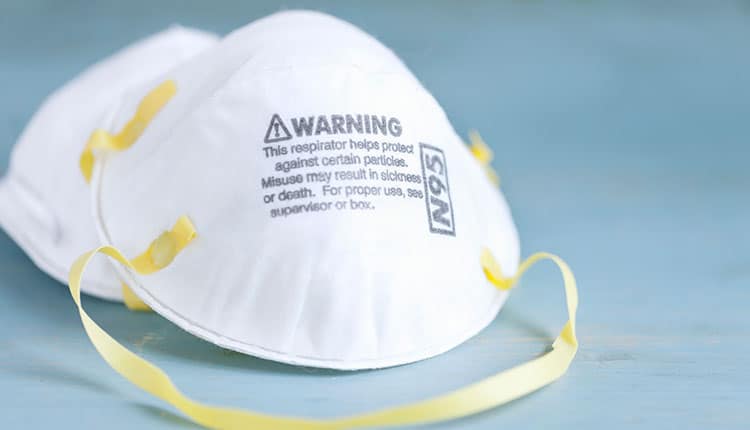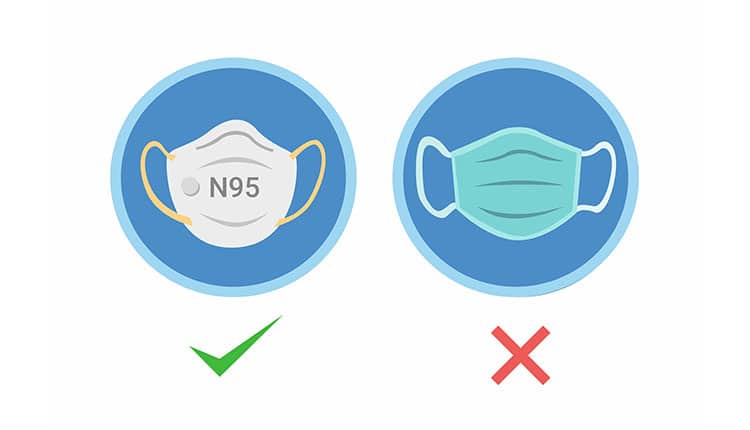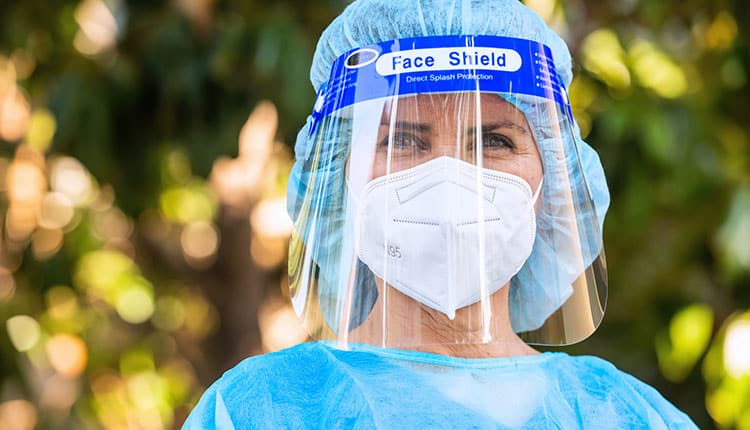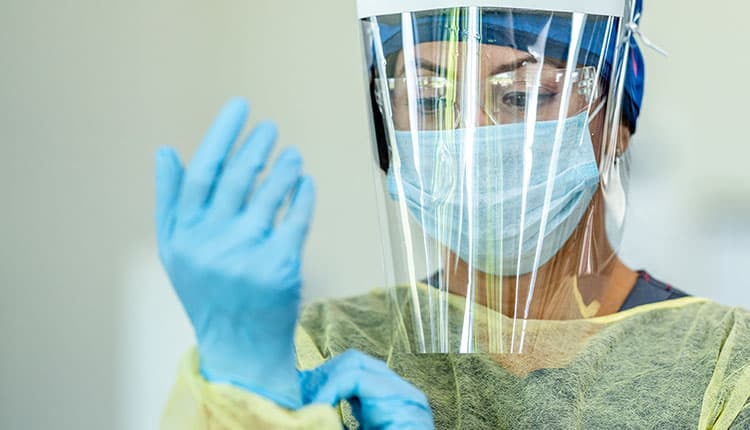
The COVID-19 pandemic has seriously impacted dentistry. All oral health professionals are concerned about remaining safe during the provision of dental care and ensuring the safety of patients. The appropriate wearing of masks is key to the safe provision of care.
Photo Credit: Liliboas / iStock / Getty Images Plus

CDC Guidelines
The United States Centers for Disease Control and Prevention (CDC) released Interim Infection Prevention and Control Guidance for Dental Settings During the Coronavirus Disease 2019 (COVID-19) Pandemic, which it continues to update. This guidance recommends that all oral health professionals wear National Institute for Occupational Safety and Health (NIOSH)-approved N95 filtering facepiece respirators or higher in addition to a face shield or goggles.
Photo Credit: Maridav / iStock / Getty Images Plus

Mask Type
Understanding exactly what each type of mask does is helpful in building your knowledge of infection control protocol. The US Food and Drug Administration considers surgical face masks one-time use disposable medical devices. Masks are available ranging from minimum performance to maximum filtration depending on the task.
Photo Credit: Aryo Hadi / iStock / Getty Images Plus

Protection Level
The American Society for Testing and Materials Standards (ASTM) standard F2100-117 provides specifications for surgical face masks including bacterial filtration efficiency (BFE), submicron particulate filtration (PFE), delta P differential pressure, fluid resistance, and flammability. Molinari and Nelson state, “95% of dental aerosols are 5.0 microns or less in diameter and cannot be seen.” Masks with at least 95% BFE and PFE are preferable in the dental setting during aerosol-generating procedures. ASTM levels are classified into three levels of protection (low, moderate, high) to help clinicians decide which mask is appropriate for the task.
Photo Credit: toeytoey2530 / iStock / Getty Images Plus

N95 Respirators
Currently, the use of N95 respirators is recommended for all clinical procedures. However, prior to the pandemic, Level 1 masks (low protection at ≥95% BFE and PFE) were suitable for brief examinations, exposing radiographs, and cleaning tasks. Level 2 masks (moderate protection at ≥98% BFE and PFE) were previously used for procedures that involved a moderate level of aerosols such as hand instrumentation and sealants and Level 3 masks, with a slightly higher level of protection (at ≥98% BFE and PFE), were recommended for procedures involving aerosols.
Photo Credit: Juanmonino / E+

Best Practices
Dentistry has done a great job of adhering to CDC guidelines since the 1980s. Revisions of evidence-based guidance are sure to come, but in the meantime, we need to follow best practices in safety.

